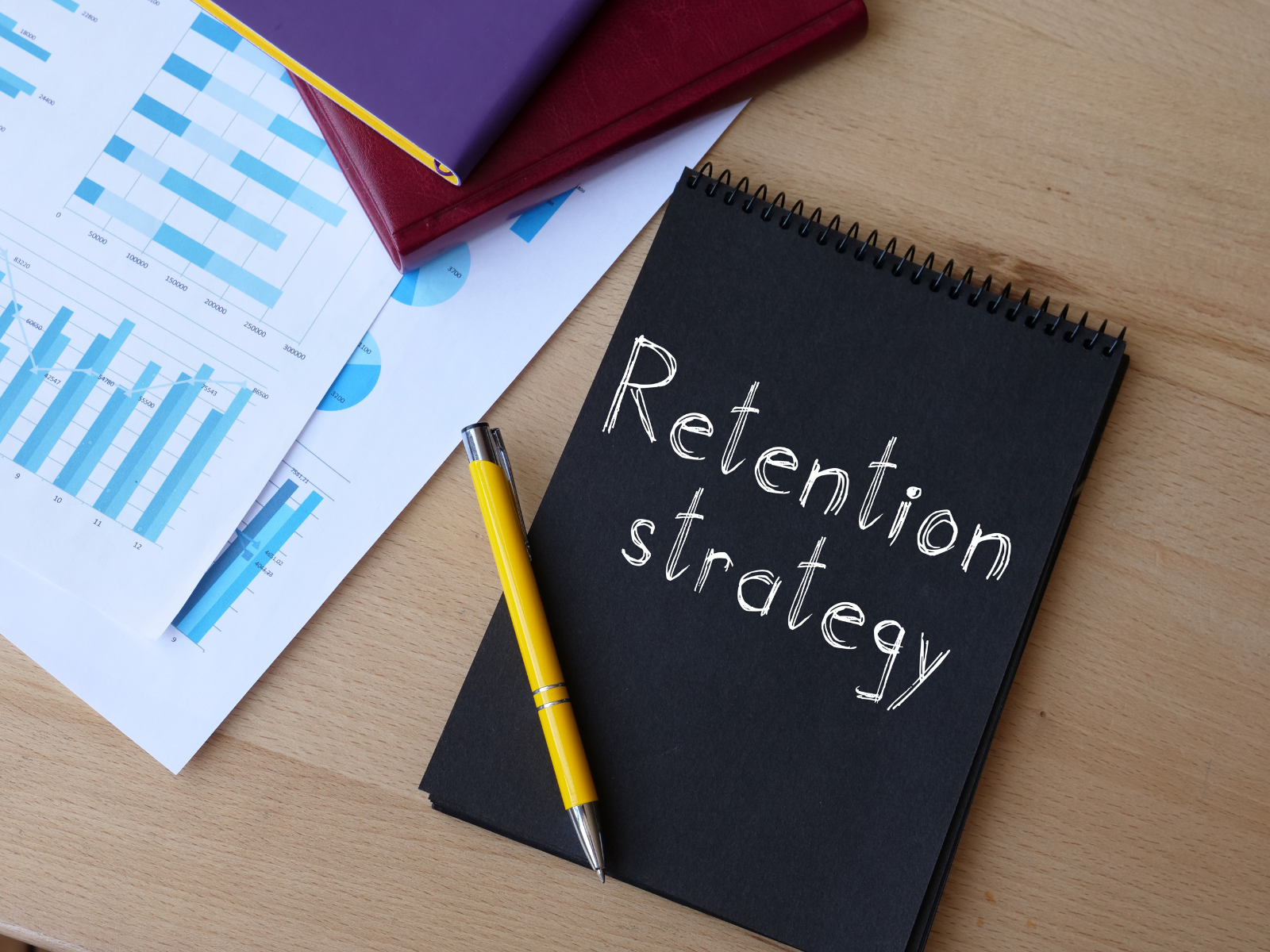Retention Strategies for Humans – Salespeople Included
What's making employees leave and what you can do about it.

There’s a lot of guidance on the internet about how to retain talent, especially in the rocky economy we find ourselves in now. You’ll see tips like--offer remote options, revisit your total rewards program, and be clear and communicative with your staff. All of these are important to creating an attractive job and should be evaluated in your compensation and total rewards packages.
However, a good approach to take when thinking about employee retention is to treat it like any important relationship. If you’re having trouble in your relationship, the first place to look is at yourself.
So what does trouble in your relationship look like? You can find tons of articles about things that drive employees away from their jobs, but for our purposes, let’s focus on sales. The average tenure of a sales representative is 1.8 years. The turnover rate for salespeople is more than twice the national average.
Why do we think that is?
Reasons your salespeople might be thinking about leaving
Compensation: The cold hard truth is that money matters. Your salesperson may have received a better offer from someone else.
Cultural Misalignment: For whatever reason, your salesperson just isn’t able to get onboard with the organizational culture. As a result, they’re being wedged further and further out of connection with the team and with the company.
Unclear Objectives: Salespeople are driven by goals. Without properly set goals attached to dependable rewards, your salesperson’s eyes and heart will start to wander to more meaningful prospects.
Poor Management: Management that is too hands on, too hands off, too punitive, too lax, or any other extreme can quickly drive a salesperson away.
No Career Trajectory: Whether it’s opportunity to sell for higher commissions or a potential path into management, it’s important for every employee to know the lay of the land and be able to predict and control their future as much as possible.
Overworked or Overwhelmed: Employees who are chronically exhausted do not perform well. Exhaustion leads to a downward spiral of poor performance, low self-esteem, and the possibility of giving up altogether.
Not Right for the Role: Sometimes people manage to slip past the filters and get in over their heads. A salesperson who doesn’t have the technical skills or business acumen for the role.
While there are many reasons for salespeople to leave their employer, these are a few of the strongest. So what to do about it?
When to Hold On
There are certainly times when you want to fight for your salesperson to stay. If there’s a solution to the problem they’re experiencing, and it doesn’t violate your values to provide that solution, then why not put out the effort? According to (need reference), it costs _Xmore to hire someone new than to keep someone already on staff.
If your salespeople are struggling to hit their targets and are becoming demoralized, do an assessment of your compensation plan. Are the targets clearly defined? Are they incentivized in a suitably enticing way? Is there sufficient and equitable opportunity in their assigned account(s) or geographical territory?
If not, it may be time to assess or provide a complete overhaul your plan. Be sure to communicate the new plan and objectives clearly to your salespeople so that they can start fresh with their sights set on some clear goals.
If your salespeople are exhibiting signs of exhaustion or burn-out, revisiting your compensation plan is also useful. Remember, the goals have to be attainable given a reasonable amount of time. If they’re having to work seventy hours a week to make ends meet, there is likely a problem with your plan.
Other factors in burnout include personal life issues, illness, stress, or misalignment with the role. It’s a good idea to have regular check-ins with your salespeople to get their perspective on how things are going.
Poor management practices are another thing you can fix. If that bad management, is from you, and people are telling you (either directly or with their behaviors) that you are creating a negative work environment, find a coach or mentor, take the feedback, and try to make some improvements for the better. If that bad management is from somewhere else, do your best to lead them to better ways of doing things.
And if they refuse to grow, it may not be the best position for them.
When to Part Ways
You don’t have to jump up and frantically examine everything in your organization every time a salesperson leaves. Sometimes there are perfectly legitimate reasons for their departure. And sometimes you will want to encourage them to look elsewhere.
If your salesperson gets another offer higher than you can provide, it’s probably time to wish them well and send them off with a congratulations. There’s no sense in trying to hang on to them. People have lives outside of our realm of visibility. They’re allowed to take a better offer. Remember that burning the bridge provides you little value. You will likely cross paths again. It is a small world after all.
In the case of a cultural misalignment, you may need to examine your company culture and make sure it’s something you can be proud of. And if it is, but your salesperson can’t seem to adapt, it may just be the wrong fit. I’m an advocate of open conversation. Sit them down, see if there’s any resolution to be had, and then make a decision about how to move forward—together or separately.
Sometimes the interview performance was better than the on-the-job performance. And that may just mean that the salesperson is simply ill equipped for the job. You can choose to provide training to catch them up But there’s no guarantee they can get to where you need them to be fast enough (or at all). If there are performance problems with your salesperson, it may be time to part ways.
But Keep Growing
You don’t need to change everything about yourself or your organization every time an employee leaves, but it’s always a good idea to take a look in the mirror. Ask yourself whether the employee leaving was about them or about you. If it was about you, decide whether you agree that there’s a problem. If there is, then do something about it. Better still, ask someone you know that will not be afraid to tell you the truth.
Otherwise, keep nurturing the team you have with open lines of communication, consistent and transparent goal-setting, market level reward-delivery, and organizational standards that prioritize the development and well-being of the employee. If you do that, you and your organization will evolve. You may see some employees drop-off, but if you genuinely care about the human beings you employ, you will see your team stick around for longer than that 1.8 years.












